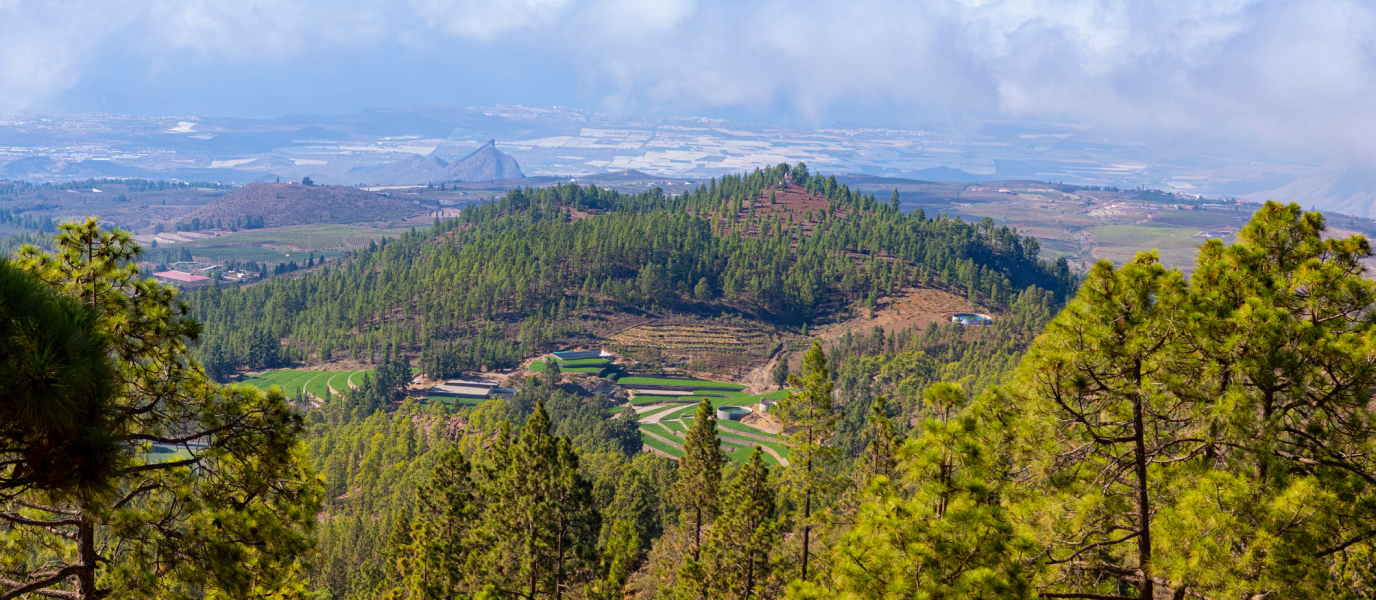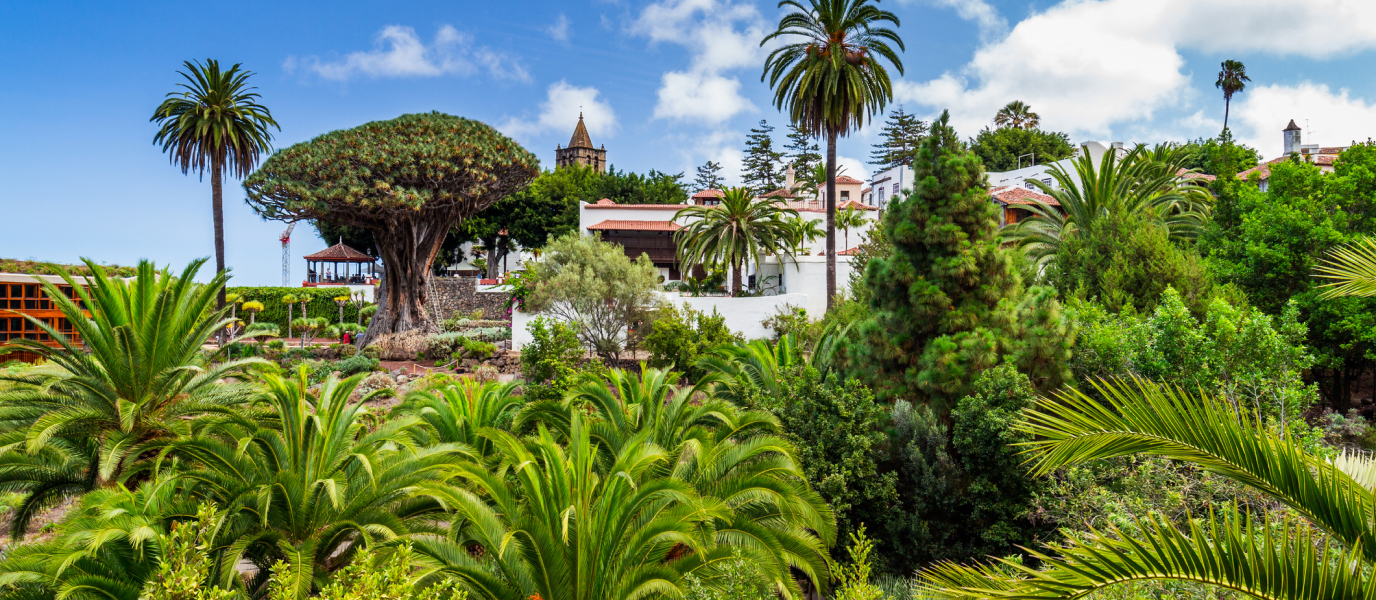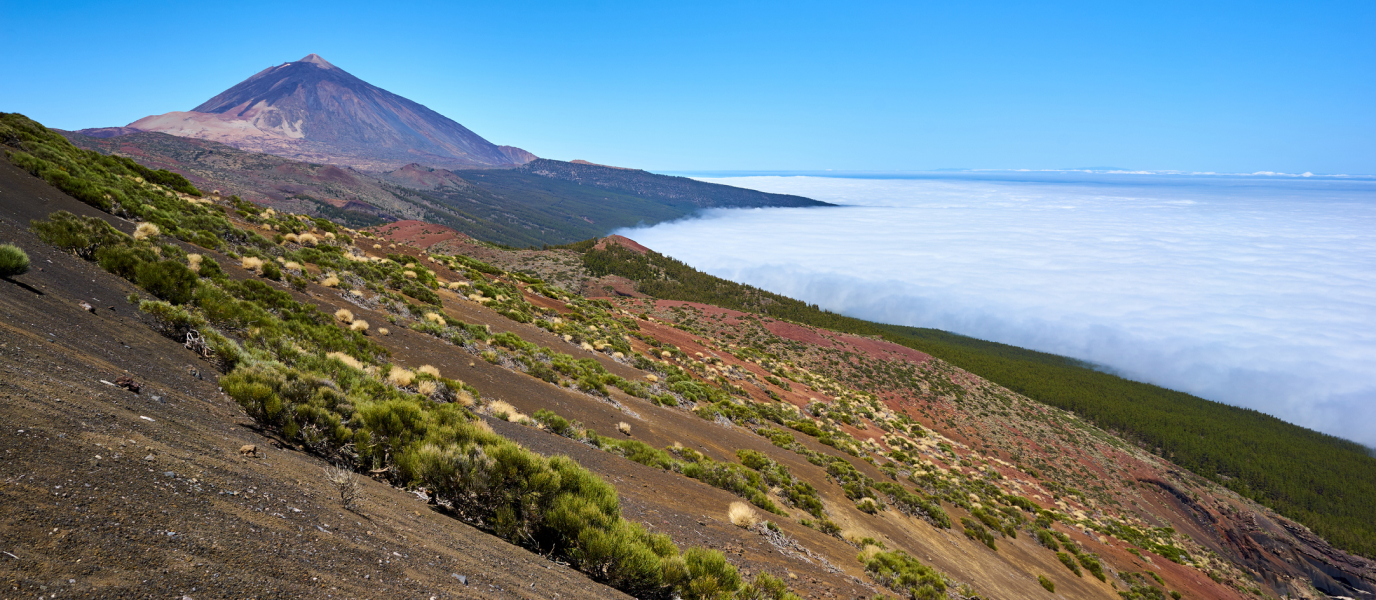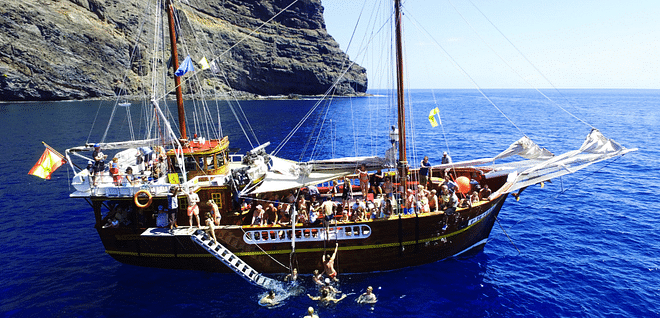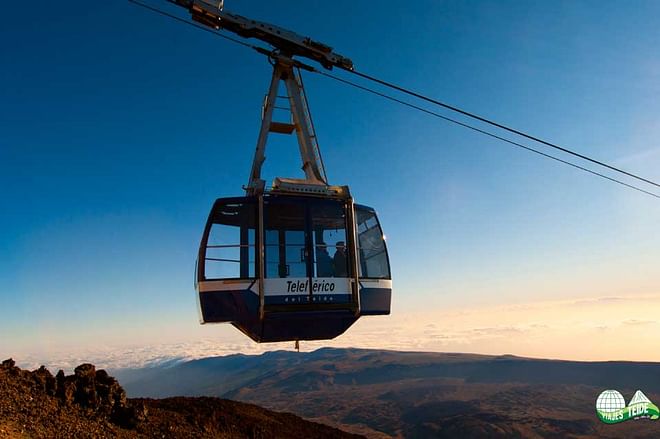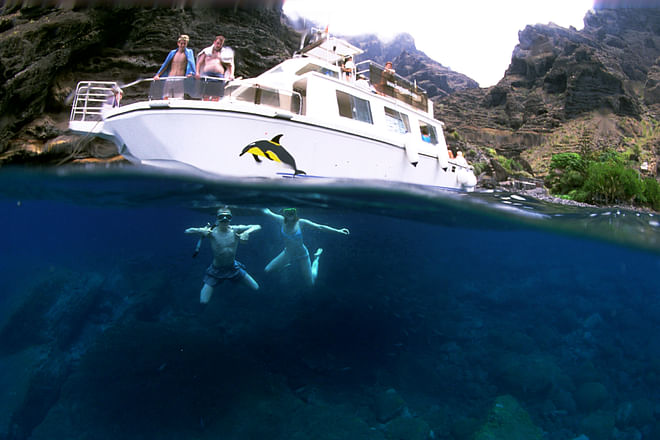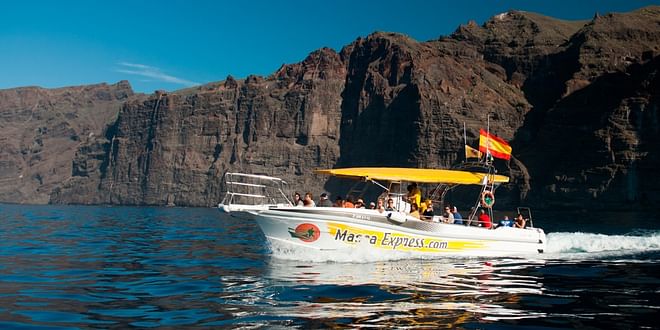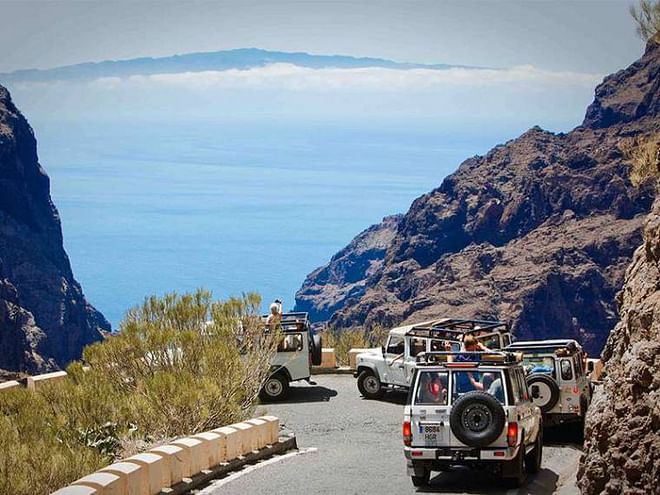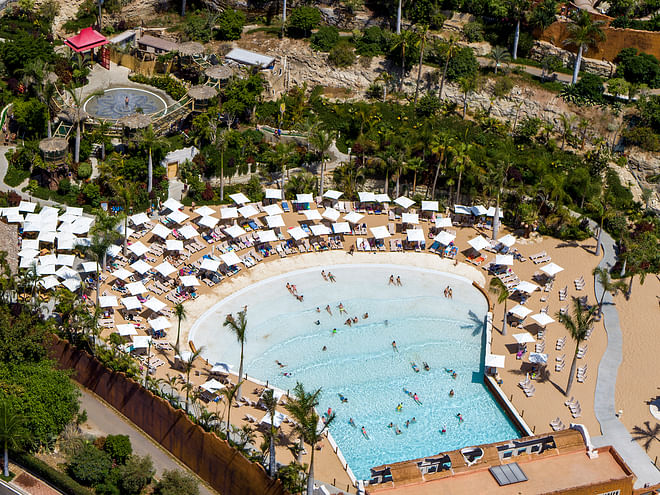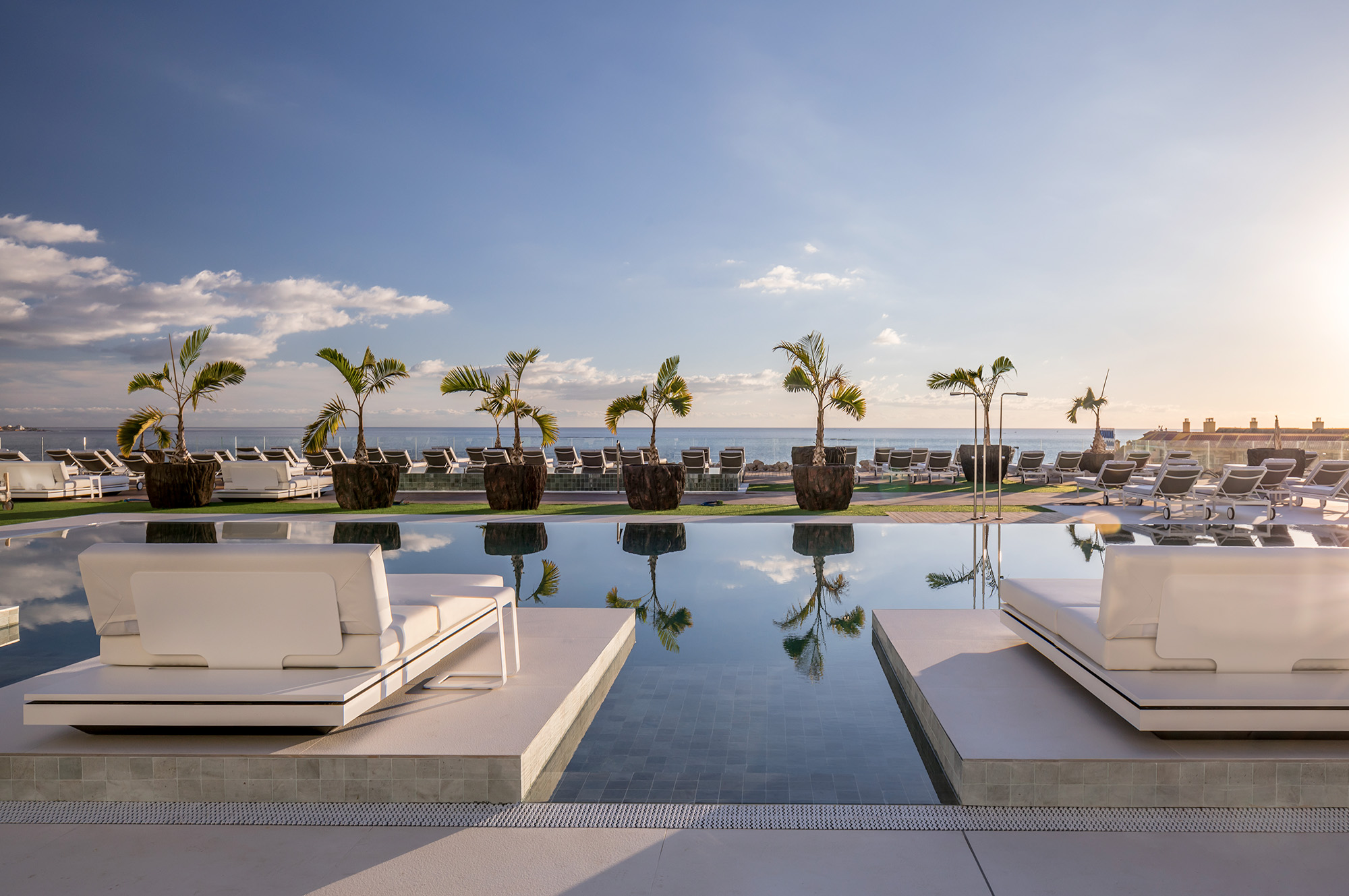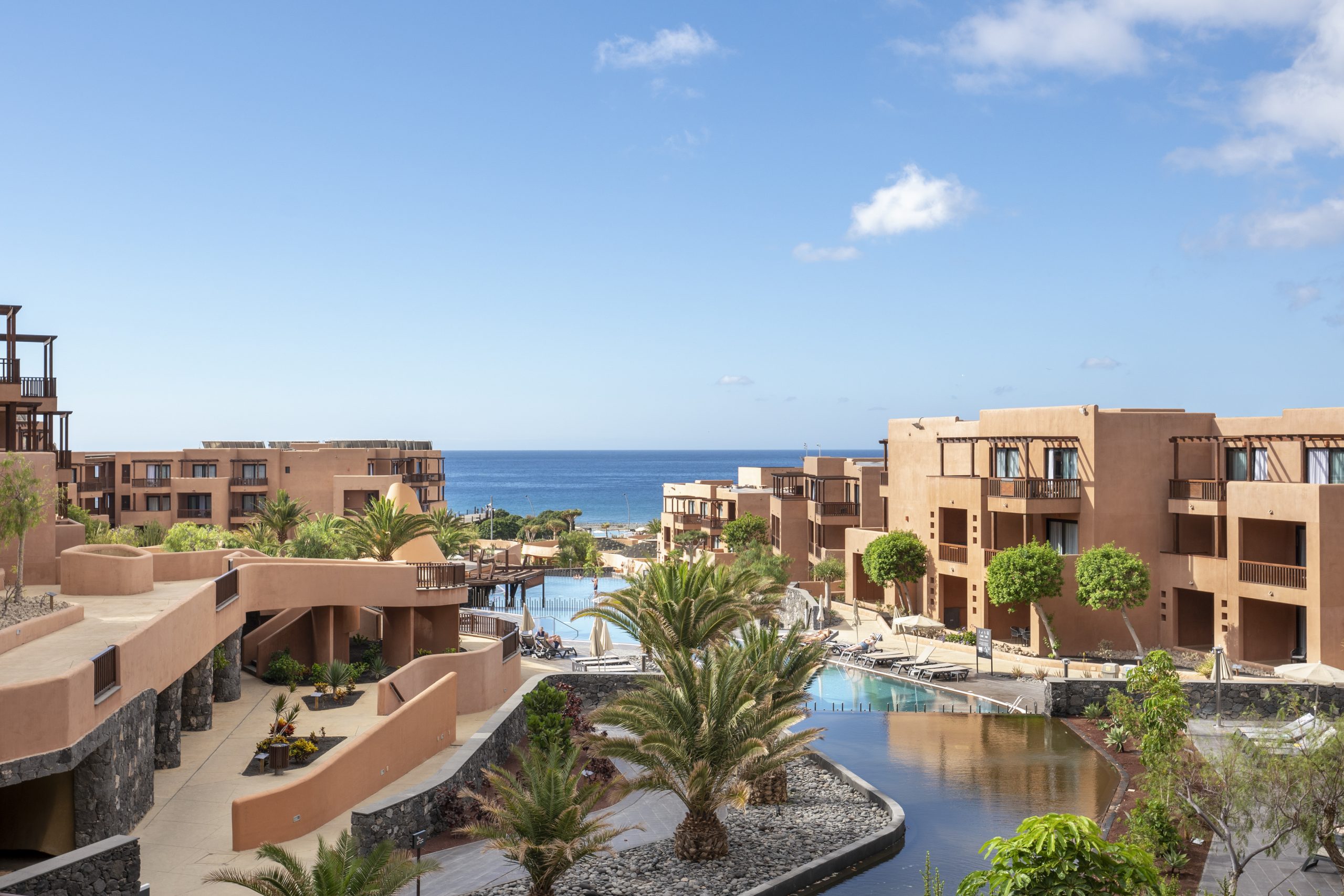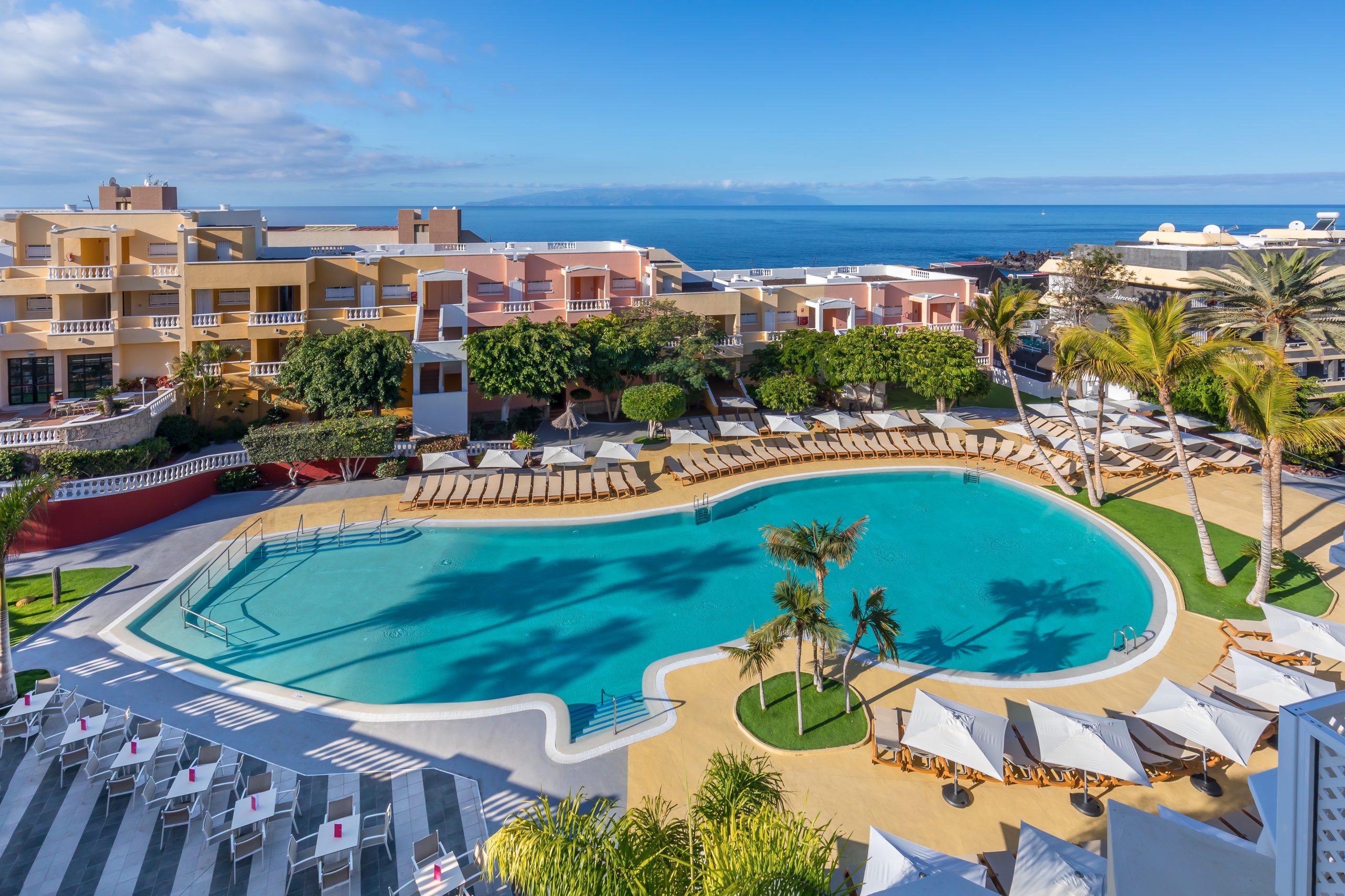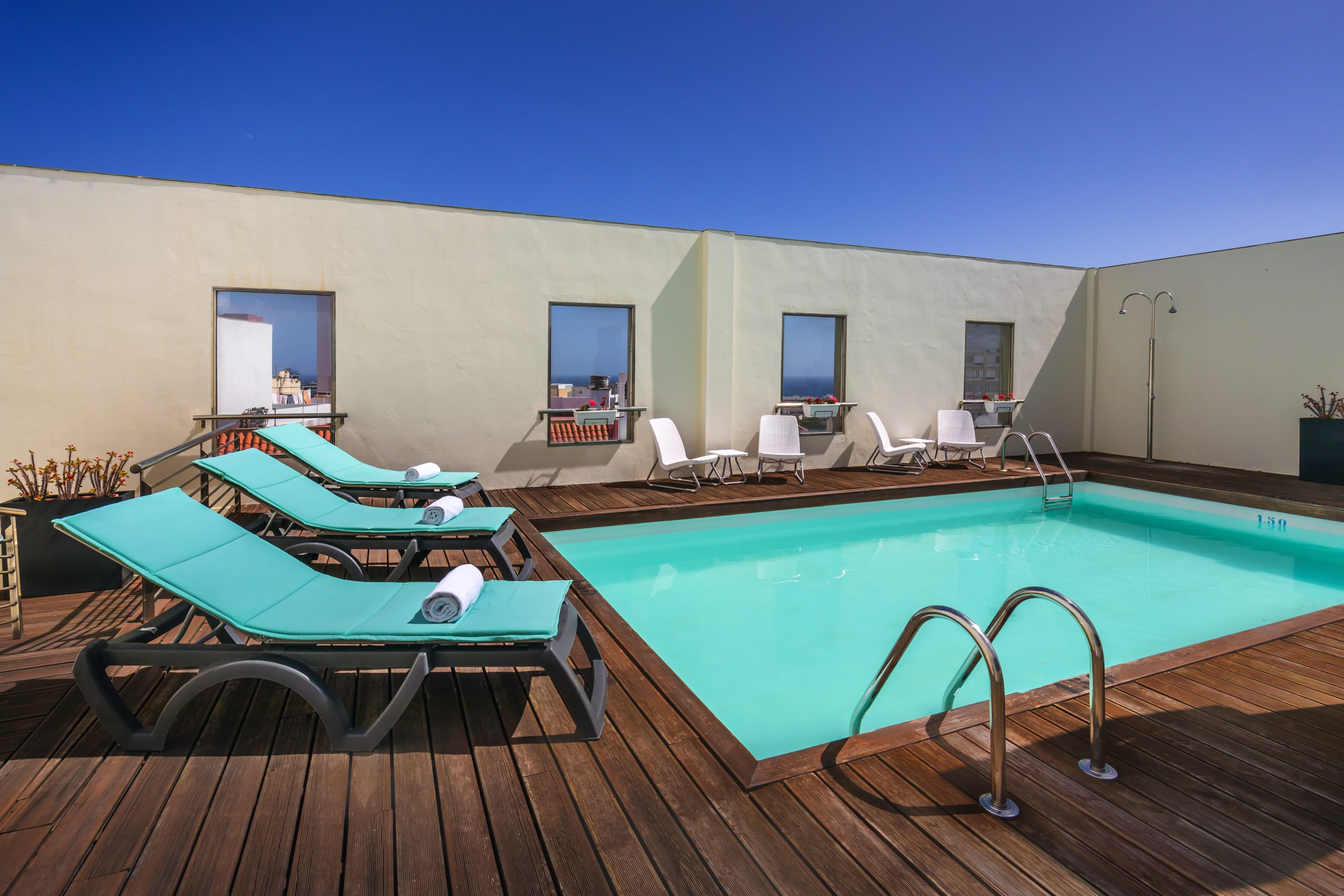Located in the fertile La Orotava Valley in the northern foothills of the vast Mount Teide National Park, the coastal municipality of Los Realejos surprises and impresses visitors with its rich historic and artistic heritage, idyllic beaches and delicious cuisine. Only 42 kilometres from Tenerife’s capital city, this municipality is protected by some of the strictest environmental regulations on the island. Of the 57 square kilometres covered by Los Realejos, almost half are subject to environmental protection measures, and its two historic quarters (Realejo Alto and Realejo Bajo—which merged in the mid-twentieth century) have held the status of Assets of Cultural Interest since 2005 and 2014 respectively.
Los Realejos is an outstanding destination for enthusiasts of outdoor activities, with its extensive network of inland hiking trails, attractive viewing points which serve as launching sites for paragliders, and unspoilt beaches ideal for windsurfing.
To all this must be added a fact which is as curious as it is worthy of celebration. Los Realejos has more festivals than any other municipality in Spain—almost one hundred a year—so it is more than likely that any holiday visit will coincide with one of the many celebrations. Sounds good, doesn’t it?
Los Realejos: a brief journey through its history
In the time before the fifteenth-century Castilian conquest, the land now occupied by the narrow, winding streets of Los Realejos formed part of the Menceyato de Taoro, the most powerful of the nine kingdoms that made up the island of Tenerife under the Guanches [original inhabitants of the Canary Islands].
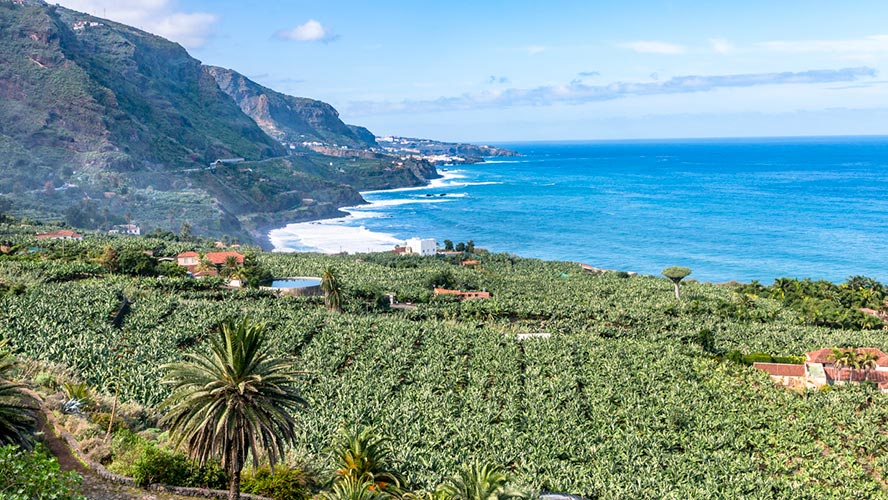
That is why the last phase of the Castilian conquest was fought out in these lands where both the Guanche and Castilian armies set up their camps—known as realejos. In fact, one theory (or, rather, a legend) claims that these two camps were the origins of the two towns that make up the municipality today: Realejo Alto, associated with the conquerors, and Realejo Bajo, aligned with the conquered.
In any case, from the fifteenth century onwards, the area entered a period of huge financial prosperity, largely the result of powerful traders and religious orders settling there—as can be seen from their vast architectural legacy.
Some time later, the two Realejos began their move towards uniting under one town council. In fact, the recent history of this municipality could, to a great extent, be summed up as the struggle by two towns to achieve unification, all in the face of obstacles posed by monarchs, politicians and various accidents of history. Finally, after several attempts, the two towns were unified on 6 January 1955, under their current name of Los Realejos.
What to see in Los Realejos
The most important feature of the (double) town centre of Los Realejos is its impressive historic and artistic heritage—and in particular, its abundant religious architecture. The best way to discover this is to wander through the town’s steep maze of streets and houses. Nevertheless, we recommend you map out a departure point and the outline of a route, so that you know exactly where to look.
In Realejo Alto, one of the original town centres and the one located furthest from the coast, you can find the house where the writer Viera y Clavijo was born in 1731. He is one of the municipality’s most famous figures and the chief exponent of the Canary Island Enlightenment. This building, which has been declared an Asset of Cultural Interest because of its former owner’s enormous multi-disciplinary contribution, now houses the town’s public library. Occupying the same square is the Iglesia Matriz de Santiago Apóstol [Mother Church], almost certainly the first Catholic church built in Tenerife following the Castilian conquest. Incidentally, it is said that the nine Guanche chiefs were baptised in its font, by way of transition to the new Christian religion.
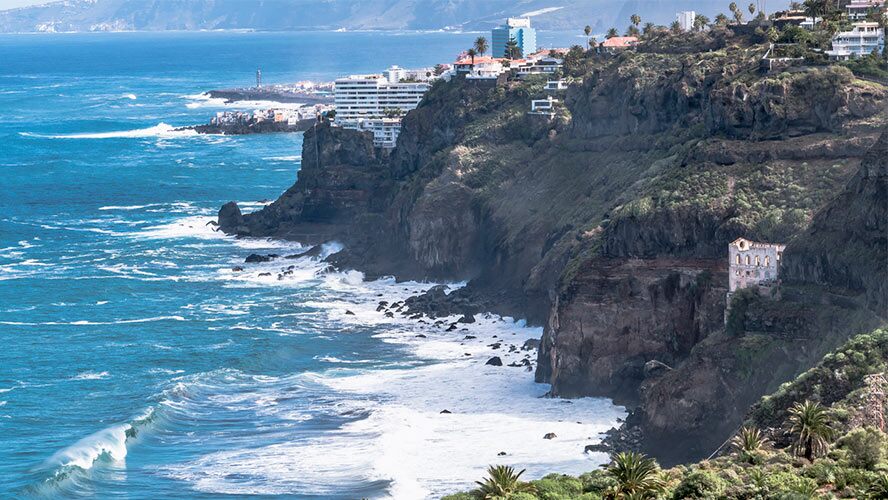
Making our way north towards the ocean, we reach the dividing line between Realejo Alto and Realejo Bajo. This is considered to be hugely important architecturally, as 70% of it remains intact. During the tour, as we cross the ravine of La Caldera, we can see the dragon tree known as the Drago del Cementerio, one of the oldest and most beautiful examples of this species of tree which is such a familiar sight in this particular municipality.
From here, Calle el Medio leads to another of Los Realejos’ architectural jewels, the Hacienda de los Príncipes which dates from the fifteenth century. Built on the orders of the first Governor of Tenerife, Alonso Fernández de Lugo, this estate was one of the first to introduce sugar cane cultivation to the island, setting Los Realejos on the path of its socio-economic development. It is no exaggeration to say that to walk through here is to journey back into the island’s most distant past.
The Iglesia Matriz de Nuestra Señora de La Concepción church and the Santuario de Nuestra Señora del Carmen are the two other great religious edifices whose exquisite design and ancient origins make them well worth a visit.
Playa del Socorro and Playa de la Fajana, two beaches to bear in mind
For their part, the outskirts of Los Realejos offer an impressive array of natural scenery worthy of a visit, ranging from beautiful viewpoints such as those of San Pedro and La Corona, to attractive coves and unspoilt beaches of black sand. The area’s most famous beaches are:

- Playa del Socorro. An unrivalled paradise for surfers on Tenerife’s northern coast. The attributes that make this beach, surrounded by amazing cliffs (perfect for surfing) have made it the venue for important surfing championships every summer. It has also boasted a Blue Flag since 1999.
- Playa de la Fajana. A less crowded beach, as accessing it involves a 30-minute walk along a footpath. The newly-arrived visitor will be awestruck at the sight of this 130-metre-long beach and its beautiful, wild setting. However, as there is no lifeguard service in this area, great care must be exercised when bathing.
Rambla de Castro, a nature reserve on the seashore
Of the 3,295 hectares of protected natural space belonging to Los Realejos, 45 form part of the Rambla de Castro, a coastal walk lined by Canary Island palm trees, Canary spurges and dragon trees—and a series of seafront structures that reveal much about the region’s past.
As we make our way down to the ocean, we can visit the San Pedro hermitage, built on a cliff top during the eighteenth century. Then we come across the Casona de los Castro, a sixteenth-century mansion converted into a visitors’ centre; followed by the Fortín de San Fernando, a splendid example of a defensive fortress built to thwart attacks by pirates during the sixteenth and seventeenth centuries. Nor should we leave without having a look at the old Elevador de Aguas de Gordejuela [water-pumping system], an engineering feat ahead of its time, whose purpose was to pump water and convey it to the banana plantations in the neighbouring La Orotava Valley.




































































